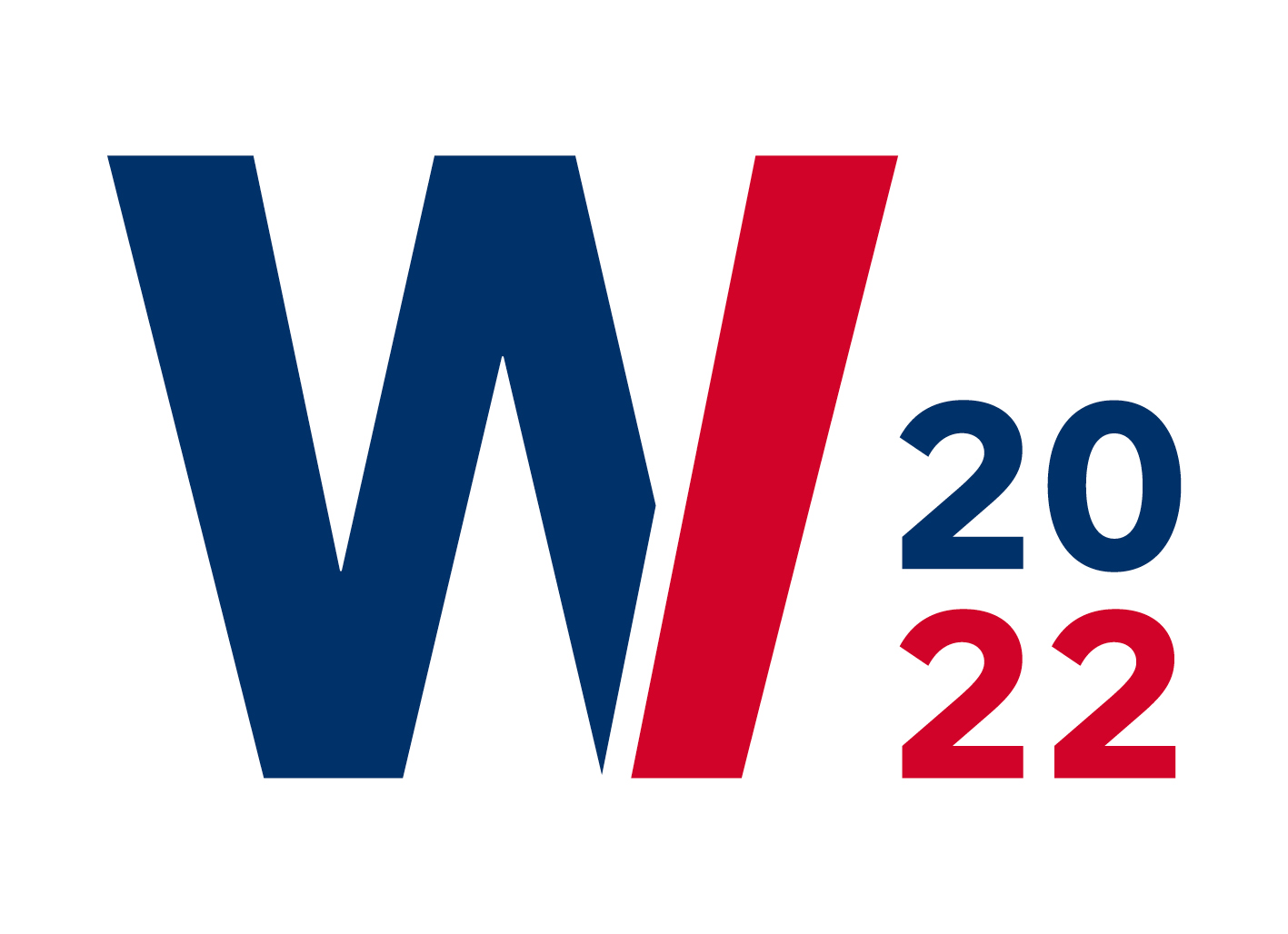Loading...
Description
Government branding is a practice that can be tied to promoting an institution (long-term orientation) or a particular administration and its elected official (short-term orientation), using both physical and digital artifacts. Reviewing the related work in the literature, we document the existence and visibility of an administration-dependent government brand in a developing country by mining social media data and the Google 2019 Spanish corpus. We test the hypothesis that administration-dependent government iconography (e.g. a logo) can lead to a change in the perceived credibility of public information in digital environments. Using an experimental survey approach that parallels the application of framing, we find that short term orientated government iconography can be detrimental to the credibility of government institutions, while they can also be seen as social opportunity costs, as budgets invested in them can be capitalized in later elections and not in the mission of the temporarily branded government body.
Recommended Citation
Behar-Villegas, Erick and Koç, Hasan, "Altering Credibility Through Short-term Government Branding: A Digital Framing Experiment" (2022). Wirtschaftsinformatik 2022 Proceedings. 1.
https://aisel.aisnet.org/wi2022/e_government/e_government/1
Altering Credibility Through Short-term Government Branding: A Digital Framing Experiment
Government branding is a practice that can be tied to promoting an institution (long-term orientation) or a particular administration and its elected official (short-term orientation), using both physical and digital artifacts. Reviewing the related work in the literature, we document the existence and visibility of an administration-dependent government brand in a developing country by mining social media data and the Google 2019 Spanish corpus. We test the hypothesis that administration-dependent government iconography (e.g. a logo) can lead to a change in the perceived credibility of public information in digital environments. Using an experimental survey approach that parallels the application of framing, we find that short term orientated government iconography can be detrimental to the credibility of government institutions, while they can also be seen as social opportunity costs, as budgets invested in them can be capitalized in later elections and not in the mission of the temporarily branded government body.


